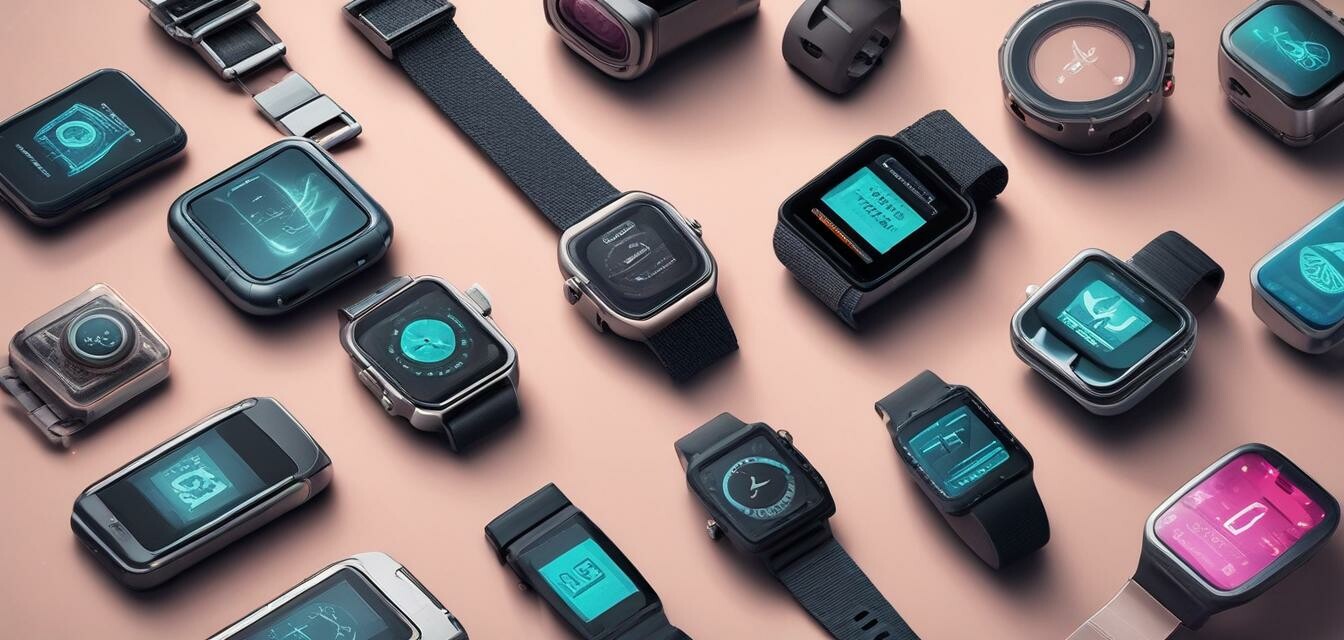
The Rise of Wearable Health Tech in 2024
Key Takeaways
- Wearable health technology is increasingly becoming integral to consumer health management.
- Innovations in sensors and analytics are improving accuracy and functionality.
- Consumer demand drives innovation, pushing brands to enhance features and accessibility.
- Privacy and data security are major considerations for users of wearable tech.
- Integration with mobile devices and health apps increases the appeal of wearables.
The wearable technology landscape is rapidly evolving, especially in the health sector. As we move through 2024, consumers are becoming more engaged with devices that track fitness, monitor health metrics, and integrate seamlessly with their daily lives. This article explores the significant rise of wearable health tech, the driving forces behind it, and the effects on consumers.
Understanding the wearable health tech market
Wearable health technology encompasses a wide variety of devices such as fitness trackers, smartwatches, and health monitors. Each serves a unique purpose but collectively contributes to a growing trend of health consciousness among consumers.
Growth trends and statistics
| Year | Global Revenue (in Billion USD) | Predicted Growth Rate (%) |
|---|---|---|
| 2021 | 38 | - |
| 2022 | 42.5 | 5.3 |
| 2023 | 50.0 | 10.5 |
| 2024 | 60.0 | 20.0 |
Innovation in wearable health technology
Innovation is at the core of the advancements we’re seeing in wearable health tech. Manufacturers are continually enhancing device capabilities through better sensors, refined algorithms, and integration with health platforms and mobile applications. Some of the notable innovations in 2024 include:
- Improved heart rate monitoring with ECG capabilities.
- Advanced sleep tracking analytics.
- Real-time blood oxygen monitoring and alerts.
- AI-driven personal health insights.
Consumer demand driving innovation
Consumer expectations are higher than ever. As individuals seek to take charge of their health and fitness, they are looking for devices that provide accurate data and useful features.
Additionally, as we see the rise of remote healthcare, wearables are being used to easily share health data with professionals, ensuring consumers have the best information at hand for proactive health management.
Challenges and considerations
Despite the positive trajectory, the moderation of the wearable health tech market must address several challenges:
- **Data Privacy**: As wearables gather vast amounts of personal health data, ensuring that this data is protected is paramount.
- **User Engagement**: Keeping users engaged with their devices long-term can be challenging.
- **Integration Issues**: Not all devices work seamlessly with various smartphones and health apps.
- **Accurate Measurement**: Ensuring that wearable devices provide reliable health metrics remains crucial for credibility.
The impact of wearable health tech on consumers
As wearables gain traction, users experience numerous benefits:
- Increased awareness of health and fitness levels.
- The ability to set and track fitness goals effectively.
- Access to personalized health insights leading to informed decisions.
- Enhanced motivation through gamification and community features.
Conclusion
The rise of wearable health tech in 2024 signifies a technological evolution that fundamentally alters how consumers engage with their health. As innovation continues and consumer demand grows, businesses must prioritize data privacy and user engagement to foster trust and encourage the sustained use of these devices. For more insights, check our dedicated sections on buying guides and feature comparisons tailored to the latest trends in wearable health technology.
Pros
- Enhanced awareness and monitoring of personal health.
- Innovative features improve user experience.
- Wide range of options catering to different needs.
- Increasing integration with caregiving systems.
Cons
- Privacy concerns regarding personal data.
- Potential inaccuracies in health metrics.
- Device dependency leading to information overload.